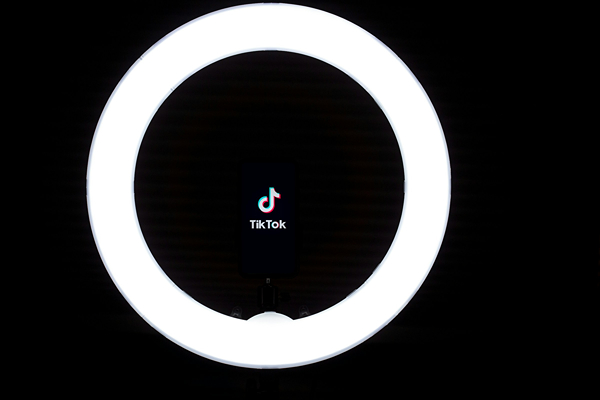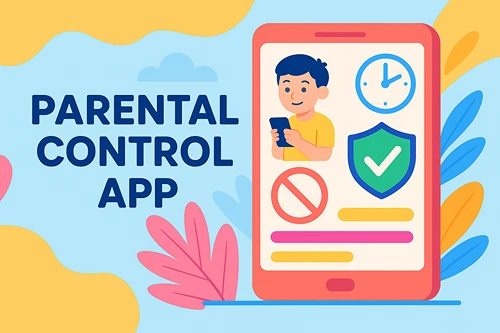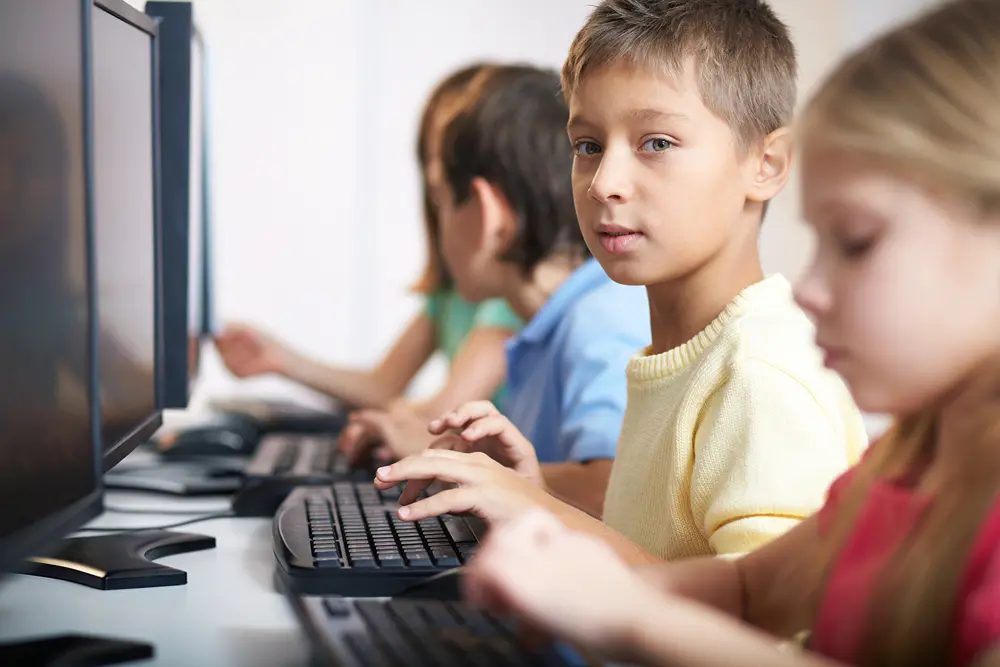The Fediverse and Its Relationship with Social Media: What is it? Is it Safe?
Social networks dominate much of our online interactions, but there has been a quiet revolution taking place. It’s one that promises a more open, decentralized, and user-focused experience. Welcome to the Fediverse, a world where you control your data and how you interact with others, not a corporate giant.
As concerns over privacy, censorship, and data ownership rise, many are seeking alternatives to mainstream social media platforms. The Fediverse is one such alternative. Ir offers a unique take on what online communities can be.
But why should you care about the Fediverse?
What is the Fediverse?
The Fediverse is like a vast, interconnected galaxy of social media platforms and services, but with a twist—it’s decentralized. Unlike traditional social media platforms – where everything is controlled by one central authority (think Facebook or X, formerly called Twitter) – the Fediverse is a collection of independent servers, each running its own version of a social network. These servers (or instances) communicate with one another using open protocols, allowing users to interact freely across platforms, no matter which server they’re on.
Think of it this way. It’s as if you could sign up on one social media platform, but still connect with friends and communities on other platforms without needing multiple accounts. This decentralized nature gives users more control over their data, reduces the risk of censorship, and encourages a more user-driven experience.
Some popular platforms within the Fediverse include Mastodon (a Twitter-like platform), PeerTube (for video sharing), and Pixelfed (for photo sharing). The key here is that these platforms aren’t owned by a single entity, but rather by individuals or communities, giving users the freedom to choose servers that align with their values.
Basically, the Fediverse represents a more democratic approach to social networking, where control is spread out and choice is prioritized.
Is the Fediverse Safe?
The Fediverse is an exciting idea that offers many advantages, particularly in terms of privacy and user control. However, like all online environments, especially social networks, there are potential safety concerns—especially for children and other vulnerable users.
In many ways, the Fediverse promotes safety by offering users more control over their data. It’s not controlled by a single company, which means there are fewer chances for your personal information to be harvested and sold for advertising. Each server (or “instance”) is operated independently, so administrators set their own moderation policies, and users have the freedom to move to instances that suit their preferences. This flexibility can foster healthier, smaller communities where interactions are more personal and respectful.
Pitfalls to Watch For
Despite these advantages, the decentralized nature of the Fediverse also comes with potential risks, particularly for children and other users who might not be tech-savvy.
Inconsistent Moderation:
Since each instance sets its own rules, moderation is not universal. This means that while some instances may have strict guidelines to protect users, others might be less regulated or even host harmful content. It’s easier for toxic or unsafe environments to exist without a centralized body enforcing consistent standards.
Difficult Parental Oversight:
For parents, it can be challenging to monitor what kids are accessing on the Fediverse, since they may sign up on one instance but communicate across many others. The distributed nature of the Fediverse means content might be harder to track, and not all servers will have robust child safety features.
Age-Inappropriate Content:
Some instances on the Fediverse might allow content that isn’t suitable for children. Without the blanket policies common to major platforms like Instagram or YouTube, it’s up to individual server admins to filter or block inappropriate content, which can vary widely in effectiveness.
Cyberbullying and Harassment:
While some instances may have good protections in place, others may not. Decentralized platforms can make it difficult to report harassment or cyberbullying effectively across the whole network. If a child or user finds themselves in an unregulated or poorly moderated instance, it could lead to negative experiences.
Fediverse FAQ
This FAQ provides a quick snapshot (and review) of what the Fediverse is and how it works:
The Fediverse, in a Nutshell
The Fediverse is a collection of decentralized, interconnected social media platforms where users can communicate across different services, similar to how email works. It’s made up of individual servers (called instances) that operate independently but can interact with each other.How is the Fediverse different from traditional social media?
Unlike centralized platforms like TikTok, which are controlled by a single company, the Fediverse is decentralized. Each instance is run independently, meaning there’s no central authority that controls the entire network.Is the Fediverse free to use?
Yes, the Fediverse is generally free to use. However, because instances are run independently, some may ask for donations or offer premium features to support server costs.Who controls the Fediverse?
There’s no single entity that controls the Fediverse. Each instance is operated by an individual or organization that sets its own rules and moderation policies.Is my data safe on the Fediverse?
Your data is often safer on the Fediverse because it’s not centrally controlled or monetized by advertisers. However, data safety can vary depending on the instance you choose. You should review the privacy policies of the specific instance you join.Can I use one account across multiple Fediverse platforms?
Yes! If you create an account on one Fediverse instance (e.g., a Mastodon server), you can interact with users on other Fediverse platforms (like Pixelfed) without needing multiple accounts.Are there content moderation and safety features?
Each instance manages its own content moderation. Some may have strict rules, while others may be more lenient. It’s important to choose an instance with moderation policies that fit your preferences.Is the Fediverse suitable for children?
The Fediverse can be a mixed environment for children. While some instances are family-friendly with strong moderation, others may allow content that isn’t appropriate for younger users. Parents should carefully choose instances for their children.How do I join the Fediverse?
To join, you’ll need to find an instance (or server) that fits your interests and values. Sign up on the instance’s website, and you’re ready to go! You can still interact with users from other instances, thanks to the interconnected nature of the Fediverse.What are the advantages of using the Fediverse?
The Fediverse offers more control over your data, fewer ads, and greater freedom of expression. You can choose a community that aligns with your values and easily switch to a new instance if you’re unhappy with one.Are there any downsides to the Fediverse?
Decentralization can lead to inconsistent moderation, and some instances may not be as secure or well-maintained as others. It also requires more active participation from users to ensure their experience is positive and safe.





 Katie Brenneman is a passionate writer specializing in education, mental health, family lifestyle and online safety. When she isn’t writing, you can find her with her nose buried in a book or hiking with her dog, Charlie. You can follow her on
Katie Brenneman is a passionate writer specializing in education, mental health, family lifestyle and online safety. When she isn’t writing, you can find her with her nose buried in a book or hiking with her dog, Charlie. You can follow her on 



